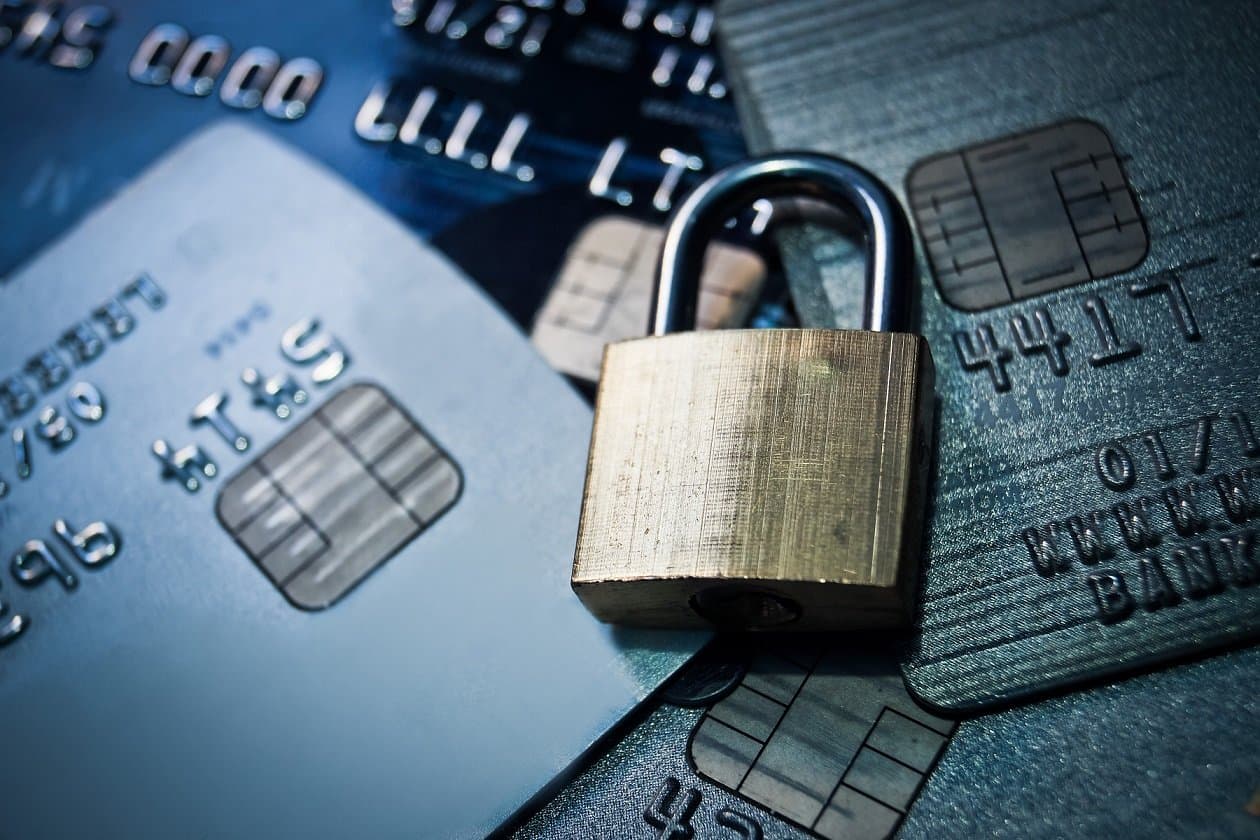The change from analog to digital has also changed how banks’ lending services are transacted. In the recent past, there has been a need for banks to capitalize on internet banking services to maintain their clientele base and remain relevant in the industry. Unfortunately, some banks have not been well prepared to deal with online customers. As such, some have been exposed to cybersecurity threats, loss of credibility and lost business big time.
Below, we consider why and how banks can and should have secure online lending services.
Security Needs
There is a need for banks to offer secure online platforms that guarantee borrowers of the protection of their data. Financial information is one of the most sensitive data and it is also the major focus of online hackers and other manipulative individuals.
When customers are unsure that the sensitive data such as their passwords, banks statement, and credit and debit cards are safe and possibly exposed to unauthorized individuals even to a small degree, they tend to turn away from such banking institution to other financiers who prioritize their needs.
The risk and exposure to customers’ sensitive data is a real danger that has been experienced by some of the biggest banks in the United States. One of the banks, through a server security lapse, led to the exposure of borrowers’ details such as social security numbers, why the customer needed the loan, whether or not customers had filed for bankruptcy, account numbers and loan agreements. All these information could be found online and anyone could use that data against the owner for their malicious gains.
In November 2018, HSBC reported that some hackers gained access to customer data such as addresses, names, account details, and phone numbers1 . Upon this discovery, this banking institution suspended all the affected accounts to avoid further damage. There was a possibility a good number of employees suffered in this regard.
Softjourn input
In pursuit of better online lending services, banks can adopt the Softjourn input. It falls under Smart Technology. With this, the banks are able to encode all the information regarding the contract to make it immutable and thus no intermediary between the lender and the customer can tamper with the information.
It is a safe escrow process where all the conditions have to be met before the money is released. Since the hacker cannot fulfill those requirements, they are prevented from accessing money emanating from the escrow.
Something else about this smart technology is the fact that the borrowers’ details are stored securely on the Blockchain via an immutable ledger2.
This arrangement will boost customers’ confidence in the banking institution, increase customer’s satisfaction and grow the clientele base. All these work towards a digital and secure system.
Use Biometrics
With the change in technology and new methods of curbing cyber-crimes, hackers are coming up with new ways of accessing passwords and information from customers.
Sometimes, the online lending institution may find it challenging to define the identity of who they are interacting with online. For example, asking for a password reset. However, the bank can go a notch higher and use biometrics to ascertain that it is the customer.
Retinal scan and voice verification, as well as two-step authentication, ensure that customers are safe and can be assured of the protection of their financial information.
Drive-through video teller devices also reinforce the security of online lending systems. With the video calls, impersonation chances are minimized.
Mobile Banking Security Tips
Digital lending means that in most of the cases customers access the loans through their mobile phones. If the mobile device is not secure, the customers may tend to blame you for something you may not have control over.
For heightened customer experience, you should be actively involved in anything that relates to the loan.
1. Play a Pivotal Role in Educating your Customers on Cybersecurity
The bank should provide customers with information on protecting themselves from hackers. This can happen through raising awareness, sending emails and newsletters that aim at assisting the customers.
The bank should let the customers know what information the bank can ask and what it cannot. This creates a high level of alertness. Something else, the bank should elaborate on possible cybersecurity threats such as phishing emails and how customers can avoid them.
2. Secure Mobile Apps
Hackers also access customers’ information and money through mobile apps. The bank should be in control of who downloads the app and have checks and measures to keep hackers at bay.
Also, these lending institutions should aim at having operating systems that are more secure. For example, iOS is a better alternative to windows or even android. You should also bring this information across to the customers so that they make more informed decisions.
System and software updates should be immediate. You can design your apps in a way such that customers update the system through a short stint. If not, the app becomes obsolete and unusable. Customers may view this as negative, but it is a step towards protecting them and safeguarding your reputation as a bank.
3. Employee Involvement and Education
Banks cannot achieve secure lending without an active role in human resources. Uninformed personnel becomes the agents through whom hackers’ access private borrowers’ information. Employee error is among the leading causes of data breach, particularly email or internet exposure3 . No matter the financial and technological investment, if the employees are not empowered and positioned correctly, the online lending institution will experience cyber-attacks from time to time.
As such, besides verifying the credibility of the bankers in terms of their character and reputation, the bank should ensure the employees are cybersecurity aware.
The staff should be empowered to detect possible cybersecurity threats they are likely to experience in the course of their service provision and how they can prevent it. This can happen through training and consistent creation of awareness.
Since the digital world is highly dynamic, this employee training should be regular. This arms them with the right skills to protect themselves and also offer assistance to the clients.
4. Robust IT Department
Employee education and training should also incorporate special attention to the IT guys. This can involve having a robust IT department that is fully committed to secure online lending platforms.
While you may need to outsource some of the services related to secure systems, the IT guys should be the one working collaboratively with the outsourced company.
This arrangement reduces potential loopholes for cyber-attacks. Also, it ensures that in case the system requires immediate attention, but the outsourced company is not immediately reachable, the IT people can handle that and put some measures to keep everything at control.
Importance of Secure Online Lending for Banks
It is clear online lending institutions need to stay on the top of the game to ensure they rise above the tactics of cybercriminals. Why should a bank pursue that route?
1. Prevention is always Cheaper
A banking institution may not experience any attacks and may feel safe. However, if no steps are taken towards protecting the borrowers’ details, it is a matter of time and the company will feel the heat.
Addressing data breach for the customers is a costly engagement. Besides the system and software change or upgrade you need, in some situations, banks may need to compensate the customers who were left vulnerable and took legal action.
The average cost of a data breach across all industries is about $225 per record stolen or lost while the cost in the financial data stolen or lost per record is $3364. When it comes to online lending platforms, hackers mostly use DDoS attacks. Resolving this kind of cybersecurity attack costs banks about $1.8 million. The financial implication may take a long while to resolve.
Other attacks, which are less common on online lending such as malware attack will cost a bank in the US an average of $825, 000 to resolve and get back on course5.
2. Maintenance of Brand Image and Credibility
While the financial loss is huge for lending institutions in the USA, most of them are more concerned with the poor image among the customers and prospects and how that will affect business.
In the eyes of the customers, data breach depicts negligence such that customers lose the trust of the financier and exit. They seek online lending firms that can protect the record all along regardless of the magnitude of the attack.
Unlike other industries where customers’ churn is lower even in the event of a data breach, those customers in the banking sector exit massively. According to ITRC6 customer exit, the financial companies because losing money, which is their greatest resource isn’t something they want to take chances. This fear regarding the safety of their money makes them drastic changes.
Once a company loses credibility in the eyes of the consumers, this indirect cost results in direct costs such as loss of business and thus reduced profit margins.
All this can be avoided by maintaining a level of preparedness and readiness to handle any possible cybersecurity threat before it any compromises on the data or interruption of banking activities.
Conclusion
It is clear that online lending institutions are the primary targets of the cybercriminals since the impact is huge and the ransom is also likely to be high. Enough banks in the US have experienced these costly attacks and there is a need to reinforce security.
Banks can use Softjourn input to encrypt all the data such that no intermediary can intercept information between the lender and the borrower. Also, customer awareness of how they can protect themselves as well as against cybercrimes is a significant step towards a secure online lending platform such as mobile banking.
Employees should also be involved in cybersecurity through education and ensuring regular training to keep them prepared to address any cyber threat. IT people should be more empowered to remain aloof even in cyber threats.
When a bank upholds a secure online lending system, it will not only save money, but it will also enhance its reputation and brand image. This will go a long way in growing the clientele base as well as penetrating new marketing frontiers.
Finally, attaining a secure online lending platform is an end by itself. It is a continuous and rigorous process of preparedness. It involves testing and adopting new tools and techniques that ensure cybercriminals are kept at bay.










